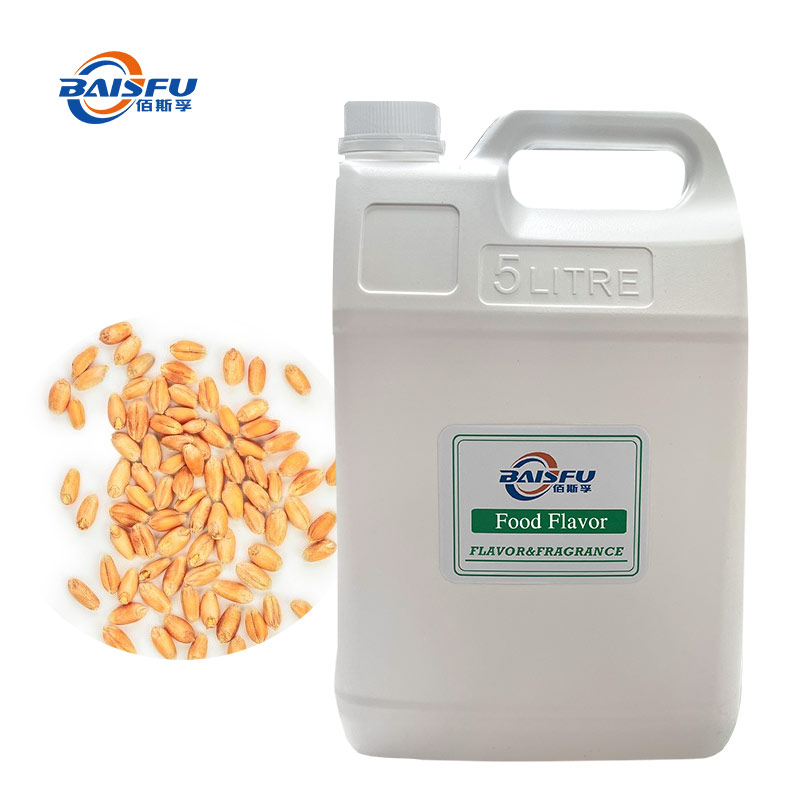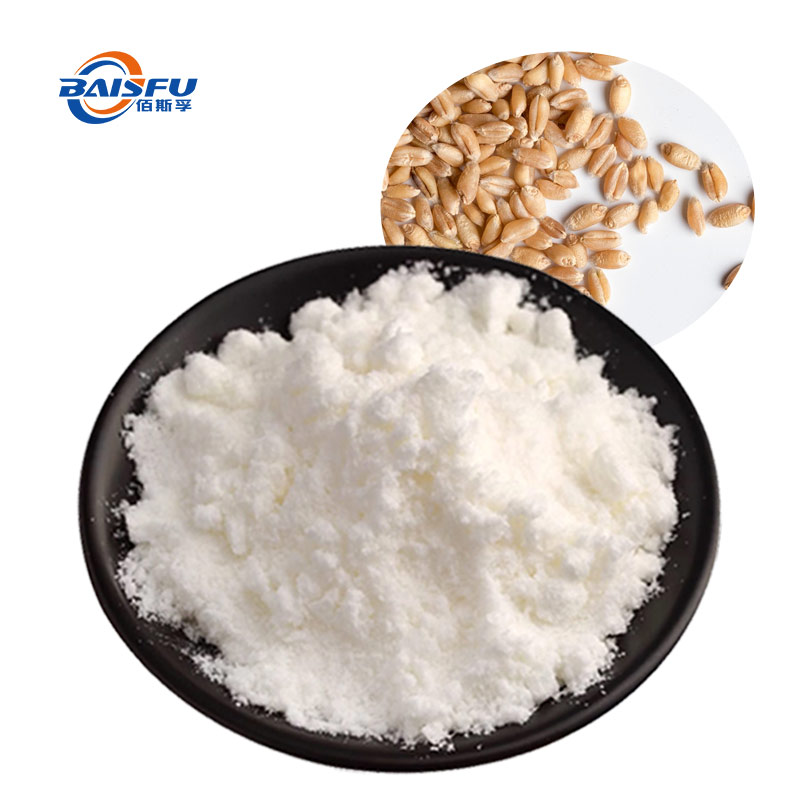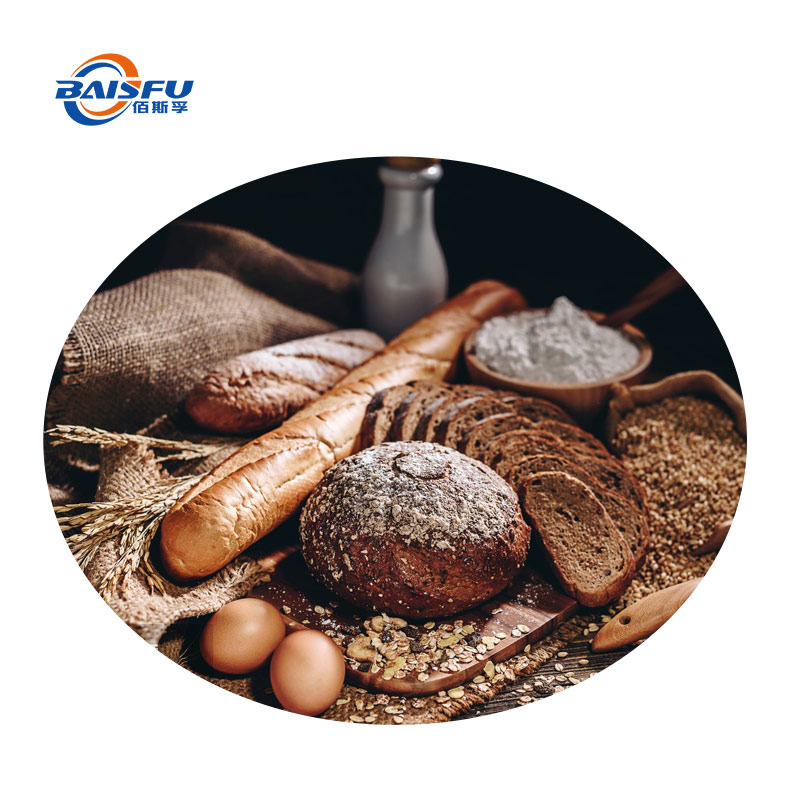Best Choice in the Baking Field: Wheat Flavor
Wheat flavoring is a food additive mainly used to simulate or enhance the natural aroma of grains such as barley and wheat, and is widely applied in fields like baked goods, beverages, and dairy products.

1. Basic characteristics
Ingredients: Wheat fragrance essence is usually composed of a variety of volatile compounds, such as:
Natural extracts: such as roasted barley flour, wheat bran hydrolysate.
Synthetic fragrances: such as 2-acetylpyrazine, maltol, ethyl maltol, furanone, etc.
Maillard reaction products: generated through the reaction of amino acids (such as glycine, alanine) with reducing sugars (such as glucose).
Form: Including powder, liquid (water-soluble or oil-soluble), and water-oil dual-purpose type.
Aroma characteristics: It has a rich aroma of wheat, caramel or roasting, and some products also have a sweet or milky scent.
2. Production process
The preparation methods of wheat flavoring are diverse, mainly including:
Maillard reaction method: Roast barley flour is mixed with amino acids and reducing sugars and heated (105-110℃). After the reaction, it is filtered and the top flavor is modified.
Enzymatic hydrolysis method: Wheat bran is baked and enzymally hydrolyzed (such as acid cellulase, flavor protease, etc.) to create a flavoring with a stronger natural feel.
Chemical synthesis method: By blending with specific compounds (such as 2-acetylthiophene, methyl methylene), the aroma of roasted wheat is simulated.
Steam explosion treatment method: After steam explosion of bran, it reacts with glutamic acid to extract flavor substances.

Main application
Wheat fragrance essence is widely used in the following fields:
Food
Baking: bread, biscuits, cookies, etc.
Beverages: Wheat milk, milk tea, cereal beverages.
Dairy products: ice cream, popsicles, yogurt.
Industry: Cigarette flavoring agents, air fresheners, etc.
Daily chemical products: Some fragrances can be used in products such as shampoo and body wash.
Product features and advantages
Strong natural flavor: The essence made by enzymatic hydrolysis of roasted barley or wheat bran is closer to the natural aroma of wheat.
High-temperature resistance: Some reactive flavorings can withstand a temperature of 200℃ and are suitable for baked goods.
Masking unpleasant odors: It can effectively mask the musty smell of beans or coarse grains.
Health trend: Some products reduce the use of organic solvents, which is more in line with the demands of green consumption.



